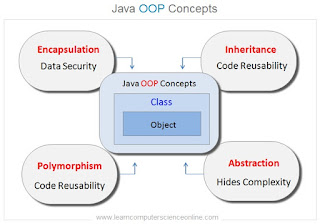System Development Life Cycle (SDLC)
Waterfall Model
1. Planning
Planning is the most crucial stage of the SDLC process. It involves identifying and defining the project scope to determine a comprehensive action plan for the project, and pinpointing the issues the solution it would resolve.
2. Systems Analysis
The planning is finished and the team is in place. Now, the team needs to perform an analysis of the system’s functional requirements to ensure it will meet the expectations of the target audience. Those expectations are then finalized and documented. The next step is performing a feasibility study to ensure that a system makes sense from financial, technological, and organizational standpoints.
3. Design
Once the analysis is over and the requirements are set in stone, the design phase begins. This phase describes how to approach the design of a system’s architecture, user interface(s), network, databases, and security so that they will satisfy the requirements and enable future updates.
4. Development
The development marks the end of the preliminary part of the process and signifies the beginning of the production. Then, software engineers write code and fine-tunes the technologies involved in the project.
5. Implementation And Release
At this stage, the new system is rolled out to the production environment, replacing the old one. This stage is performed by moving new data and components to where the old system was. After the implementation, the system is available to end users.
6. Maintenance
After the release, any software system enters the stage of continuous maintenance. Today, any software product needs to be frequently checked for bugs and updated with features big and small.
 It is an extension of the waterfall model, Instead of moving down in a linear way, the process steps are bent upwards after the implementation and coding phase, to form the typical V shape.
It is an extension of the waterfall model, Instead of moving down in a linear way, the process steps are bent upwards after the implementation and coding phase, to form the typical V shape. 









